Get expert tips on prevention and treatment
Chances are your child (or one of their friends) has probably dealt with one of these illnesses that they brought home from preschool. From rashes around the mouth and buttocks to hives, these common viruses know no boundaries.
Advertisement
Cleveland Clinic is a non-profit academic medical center. Advertising on our site helps support our mission. We do not endorse non-Cleveland Clinic products or services. Policy
When it comes to germs, kids in daycare and preschool love to share. Pediatrician John Lampe, MD, shares practical tips on how to prevent and treat five distinct, common rashes affecting kids.
This contagious viral illness is more common in summer but can occur at any time. Look for fever, small sores in back of the mouth (usually the sides, in front of the tonsils), and small blisters (often on the palms, soles and buttocks, and sometimes the arms and legs).
“Keep your child hydrated,” says Dr. Lampe. “Offer a soft diet and if needed, give acetaminophen for fever or pain. This rash spreads through oral secretions, so discourage sharing cups and water bottles.”
Since hand, foot and mouth disease is most contagious during the first week your child has it, they may also stay contagious until the rash completely disappears. Remember to keep your child home from preschool and away from other people and children during the time they have it.
Don’t forget to wash your hands well after changing a diaper or helping your child clean up after having a bowel movement. The virus is shed in the poop, too.
Also called “slapped cheek disease,” this mild viral illness causes tiredness, aching and sometimes a headache, but no fever. Look for reddening of the cheeks, followed after several days by a flat, lacy-looking rash inside the upper thighs or on the forearms.
Advertisement
Fifth disease is commonly spread through mucus and saliva when kids sneeze or cough. It’s also spread when your little one puts a toy in their mouth or likes to touch other kid’s faces or hands. The good news is that this virus goes away within two weeks on its own.
“Your child won’t need treatment for fifth disease,” he says. “However, this virus poses risks for children with blood disorders and pregnant people. So take care that your child doesn’t accidentally expose them to it.”
If your child comes home with red cheeks, put moisturizer on their cheeks.
Playing outside is one of the greatest joys about childhood. However, your child may come home with a case of poison ivy if they’ve been exploring the great outdoors in their preschool yard.
This highly itchy rash appears wherever oil from poison ivy leaves has brushed the skin. Look for skin to turn red and possibly resemble the surface of an orange. Lines or patches of tiny blisters develop quickly and the blisters can enlarge and, over time, may open and ooze.
“Stay away from three-leaved plants,” says Dr. Lampe. “If your child accidentally touches one, quickly scrubbing with soap may prevent a reaction. If the rash has begun, apply topical 1% steroid cream. If it becomes severe or affect the face or genitals, oral prednisone can help.”
This bacterial infection is more common in the warm summer months but occurs throughout the year.
“Look for a honey-colored crust and red borders,” he says. “The rash may start on the face and often under the nose. It spreads when bacteria gets transferred from infected skin to a new area.”
Your child may complain of pain and itchiness. For this, mupirocin, a topical antibiotic cream or ointment, may help. For a more widespread rash, your child may need oral antibiotics. No matter, what, good handwashing is important, especially whenever a child or parent has touched the infected area (and during the current pandemic!)
These allergic skin responses can develop after allergy-prone kids are exposed to soaps, detergents, lotions, antibiotics or new foods.
“Look for pale, raised welts with red margins,” says Dr. Lampe. “They can be round or unusually shaped. The welts range in size from what look like insect bites to giant hives, but large hives are no more serious than small ones.”
If hives are on your child’s skin, give them oral Benadryl (diphenhydramine). If the hives persist or keep coming back, consult with your pediatrician. Although it rarely occurs, if your child develops hives along with difficulty breathing or swallowing or lightheadedness, go to the ER immediately or call 911.
Advertisement
Learn more about our editorial process.
Advertisement

Hydration and sleep are as important as avoiding dirty surfaces
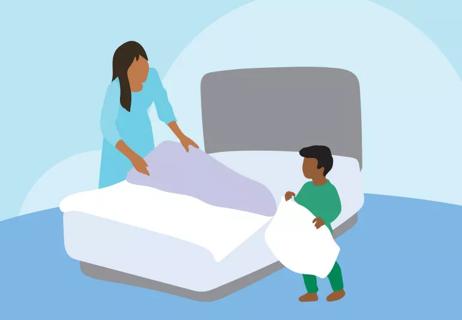
Maturity and safety matter more than age
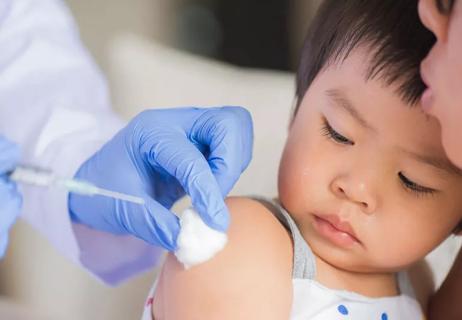
These visits include getting important vaccines and checking on developmental milestones

Listen to your child to help them identify their fear and name it, but don’t reinforce it
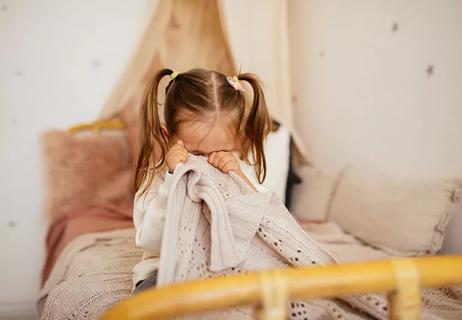
Have a consistent routine and heap on the positive reinforcement

This parenting style relies on empathy, understanding and respect
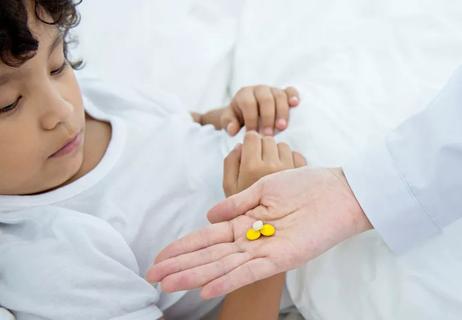
Expert advice on helping your child to get better, faster
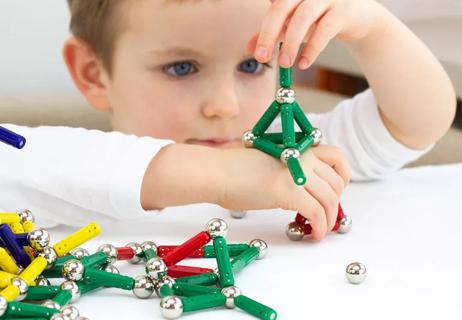
Know when your child needs medical attention

Type 2 diabetes isn’t inevitable with these dietary changes

Applying a hot or cold compress can help with pain